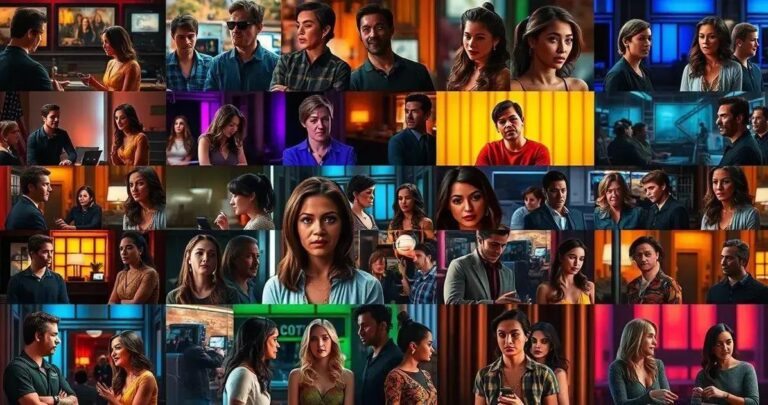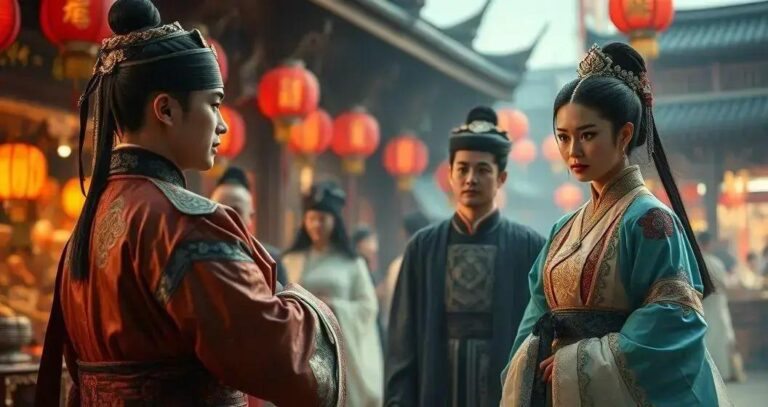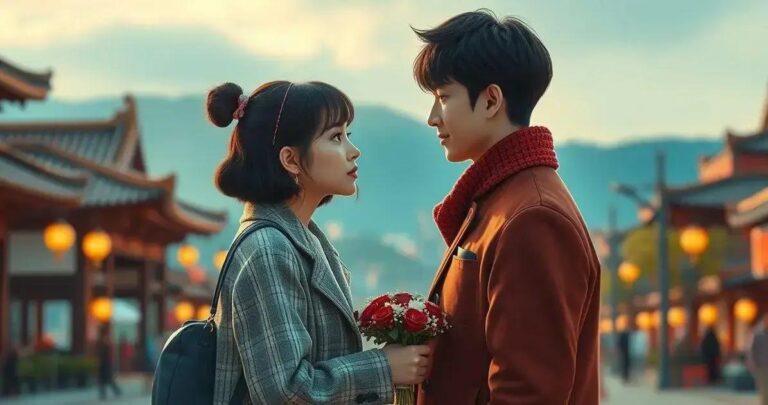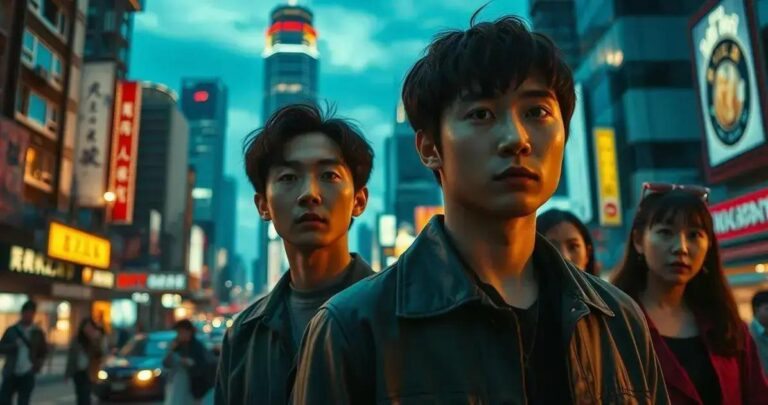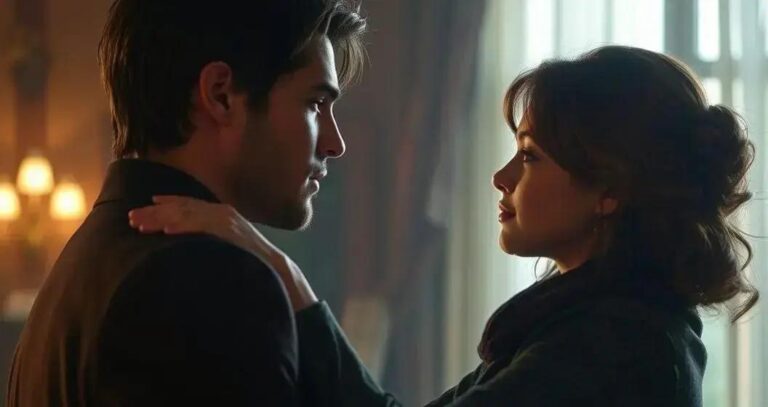Historical, Epic Drama: Captivating Narratives That Define a Generation
Advertisements
Step into the world of **Historical, Epic Drama**, where grand narratives transport audiences to pivotal moments in time. From ancient battlefields to royal courts, these dramas captivate with their stunning visuals and compelling storytelling. In this post, we will explore the evolution of these dramas, highlighting key elements that make them unforgettable. Whether it’s the authenticity or the cultural impact, Historical, Epic Dramas have a lasting influence on how we perceive history through cinema.
The Evolution of Historical, Epic Drama
The journey of Historical, Epic Drama can be traced back to ancient Greek theater, where grand tales of gods and heroes were depicted on stage. Over centuries, these narratives expanded with filmmakers like D.W. Griffith’s groundbreaking work in the early 20th century, which introduced audiences to epic storytelling on the silver screen. Moving through time, the genre evolved during the Golden Age of Hollywood, producing spectacular films like ‘Ben-Hur’ and ‘Spartacus’ that captured imaginations worldwide.
In the latter half of the 20th century, technology revolutionized historical epics, allowing for more authentic recreations of historical events. The advent of computer-generated imagery (CGI) was a game-changer, exemplified by Peter Jackson’s ‘The Lord of the Rings’ series, which blended epic fantasy with historical elements to create visually stunning spectacles.
Modern Innovations
Today, the genre continues to evolve with streaming platforms pushing boundaries, offering miniseries that dig deeper into historical narratives, engaging new generations with fresh perspectives. The reach of Historical, Epic Dramas extends to global audiences, blending cultural stories and diversifying the narratives portrayed on screen.
Directors continue to innovate, merging traditional storytelling with cutting-edge technology to enhance the authenticity and grandeur of their storytelling. The rise of docudramas and biopics also illustrates the genre’s adaptability, merging historical accuracy with dramatic representation.
Key Elements in Crafting an Epic Drama
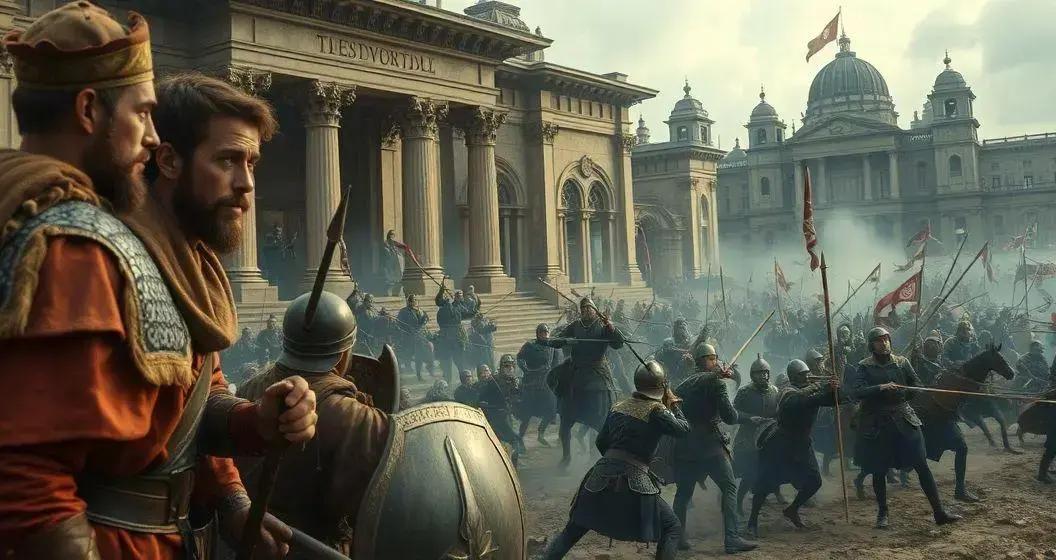
Creating a Historical, Epic Drama requires a delicate balance between storytelling and historical detail. One of the most crucial elements is a compelling plot that transports viewers to another era, weaving together personal and political narratives.
Character development is another key factor. **Epic Drama** heroes and antagonists must be richly detailed and historically credible, drawing viewers into their journey. Their motivations and conflicts should reflect the era’s social and cultural context, offering depth to the audience.
Cinematic Grandeur
Set design and costumes play an essential role in crafting authenticity. The visual depiction of the time period, from architecture to attire, must be meticulously detailed to enhance believability and immersion.
Music and sound design contribute to the atmospheric depth. A powerful score can elevate emotional moments and emphasize the grandeur that defines Historical, Epic Dramas. Historical accuracy, where possible, remains important, though artistic license allows for storytelling flexibility.
Films like ‘Gladiator’ and ‘Braveheart’ epitomize these elements, blending epic battles with personal tales to captivate audiences worldwide. The result is a cinema experience that resonates long after the credits roll.
Impact of Historical Epics on Modern Cinema
The influence of Historical, Epic Drama on modern cinema is profound, shaping storytelling techniques and visual styles. These epics introduced audiences to large-scale narratives that blend historical events with fictional elements, a formula that remains popular in contemporary filmmaking.
Cinematographers have drawn inspiration from these grand visuals, employing sweeping landscapes and intricate period details to immerse viewers in the setting. Directors like David Lean and Ridley Scott masterfully use scale and detail, echoing the traditional epic cinema’s grandiosity in modern blockbusters.
Narrative Techniques
Modern filmmakers often use epic dramas’ narrative techniques, such as multi-thread storylines and character-driven plotlines, to create depth and engage a global audience. These elements help viewers connect with both the story and its historical context, enhancing the emotional impact.
Examples include films like ‘Titanic’ and ‘Dunkirk,’ where historical backdrops serve as stages for personal human dramas. These stories continue to captivate by marrying historical magnitude with intimate personal tales.
The genre’s evolution has led to innovative storytelling, utilizing special effects to recreate historical settings with greater authenticity. This ensures that Historical, Epic Dramas remain relevant, impacting how historical stories are told on the big screen.
Analyzing Famous Historical, Epic Dramas
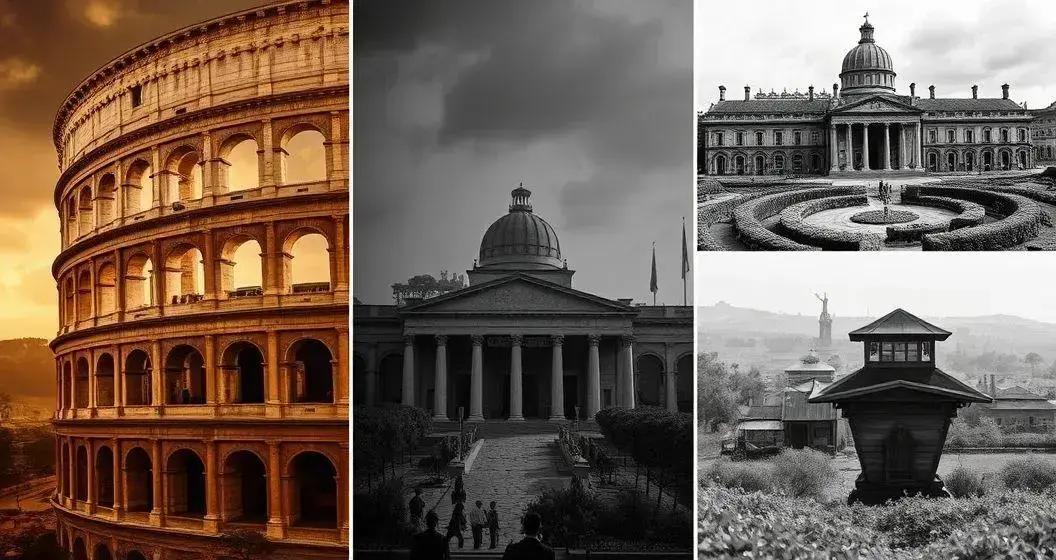
Exploring famous Historical, Epic Dramas offers insights into the genre’s enduring appeal and diversity. Films like ‘Ben-Hur’ and ‘Cleopatra’ set the benchmark for epic storytelling with their grand production scales and cultural narratives.
‘Schindler’s List,’ directed by Steven Spielberg, showcases how epic dramas can tackle profound historical atrocities with sensitivity, moving beyond pure entertainment to educate and evoke emotion. Its black-and-white cinematography adds an authentic and impactful layer to its historical depiction.
Iconic Examples
Ridley Scott’s ‘Gladiator’ revived interest in the epic genre, combining historical drama with action-packed sequences. Its success underscored the potential for historical epics to become blockbuster hits, blending character development with visually stunning scenes.
‘Gone with the Wind’ remains a classic example of a romantic epic drama, capturing the essence of the American South during the Civil War. Its detailed character arcs and scenic depictions continue to influence filmmakers today.
The television series ‘Game of Thrones,’ while fictional, draws heavily from historical contexts, proving the genre’s adaptability to modern narratives. Its global popularity illustrates the timeless allure of epic storytelling.
The Role of Authenticity in Epic Dramas
Authenticity is a cornerstone of Historical, Epic Dramas, enhancing both narrative believability and visual impact. Filmmakers painstakingly research historical periods to accurately portray events and social customs, grounding their stories in reality.
Costume and set designs play critical roles, with designers investing in detailed recreations of period attire and environments. This attention to detail helps transport audiences into the time being depicted, creating a more immersive viewing experience.
Depth through Realism
Dialogue and language use further contribute to authenticity. Screenwriters often incorporate period-appropriate language and idioms to enrich characters’ realism and cultural context. These elements deepen viewer engagement and enhance the educational value of the drama.
Films like ‘Lincoln’ and ’12 Years a Slave’ underscore this importance by portraying historical accuracy in both visuals and storytelling. These dramas commit to factual integrity while still capturing the essence of their narrative, offering a window into history that is both engaging and informative.
The careful balance of artistry and authenticity ensures that Historical, Epic Dramas respect their real-world foundations while captivating audiences through compelling storytelling.
Future of Historical, Epic Drama in Entertainment
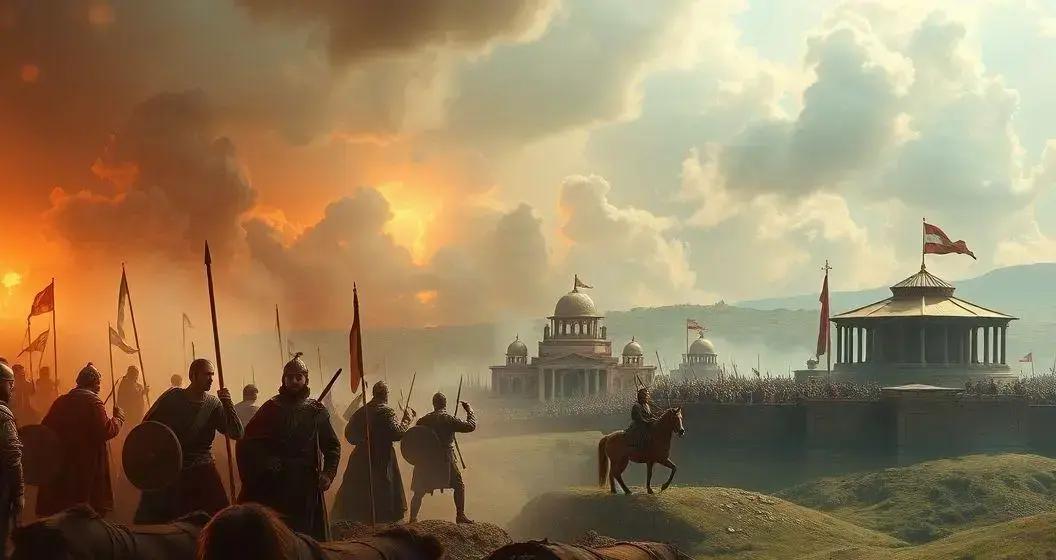
The evolution of Historical, Epic Drama is set to continue as technology and storytelling techniques evolve. Streaming platforms have opened new avenues for these epic tales, allowing for expanded narratives over multiple episodes or seasons, providing depth often unattainable in a typical film runtime.
Virtual reality (VR) and augmented reality (AR) offer interactive experiences that could reshape how audiences engage with historical dramas. This technology has the potential to immerse viewers in historical settings, creating a new dimension of engagement and education.
Diverse Storytelling
As filmmakers and audiences become more conscious of cultural representation, the genre is likely to explore untold stories from various global perspectives. This shift not only enriches content but also broadens audience reach.
Advancements in CGI continue to enhance the visual authenticity of epic dramas, enabling filmmakers to recreate historical environments with unprecedented precision. This allows for more ambitious storytelling while maintaining historical integrity.
The future holds endless possibilities for Historical, Epic Dramas to captivate new generations, merging traditional storytelling with cutting-edge technology and diverse narratives. These developments promise to keep the genre vibrant and relevant in modern entertainment.
The Enduring Legacy of Historical, Epic Drama
Throughout its evolution, Historical, Epic Drama has captivated audiences, blending grand storytelling with historical accuracy. These narratives have influenced modern cinema, bringing to life the tales of past civilizations with authenticity and depth.
As technology advances, the genre continues to innovate, offering new ways to experience history. Streaming platforms, virtual reality, and diverse storytelling ensure these epic tales reach a broader audience, deepening our understanding of history through entertainment.
The future of Historical, Epic Drama is bright, with opportunities to explore untold stories and employ cutting-edge technology. This genre stands as a testament to the power of film to both educate and entertain, creating captivating narratives that define each generation.

